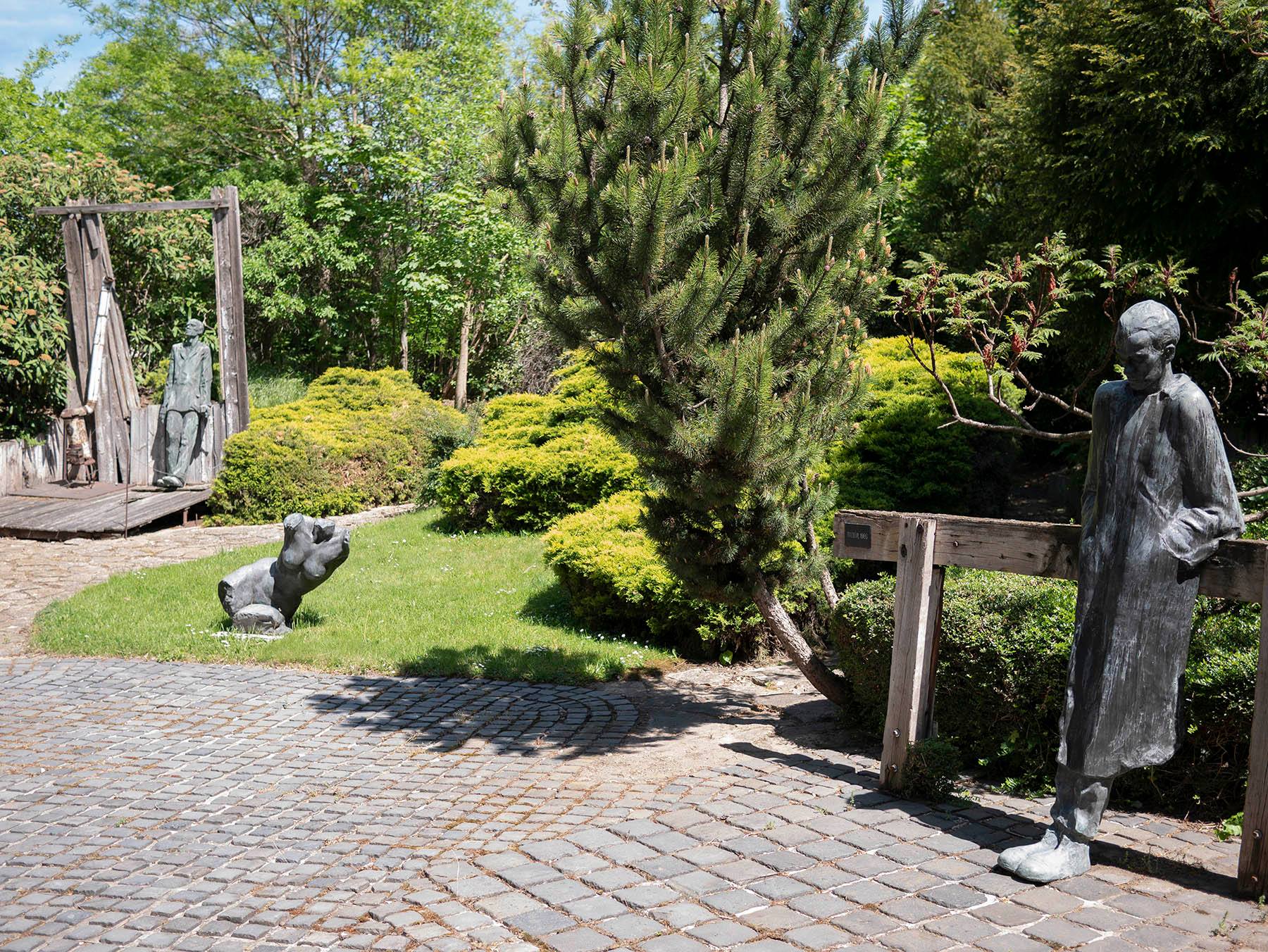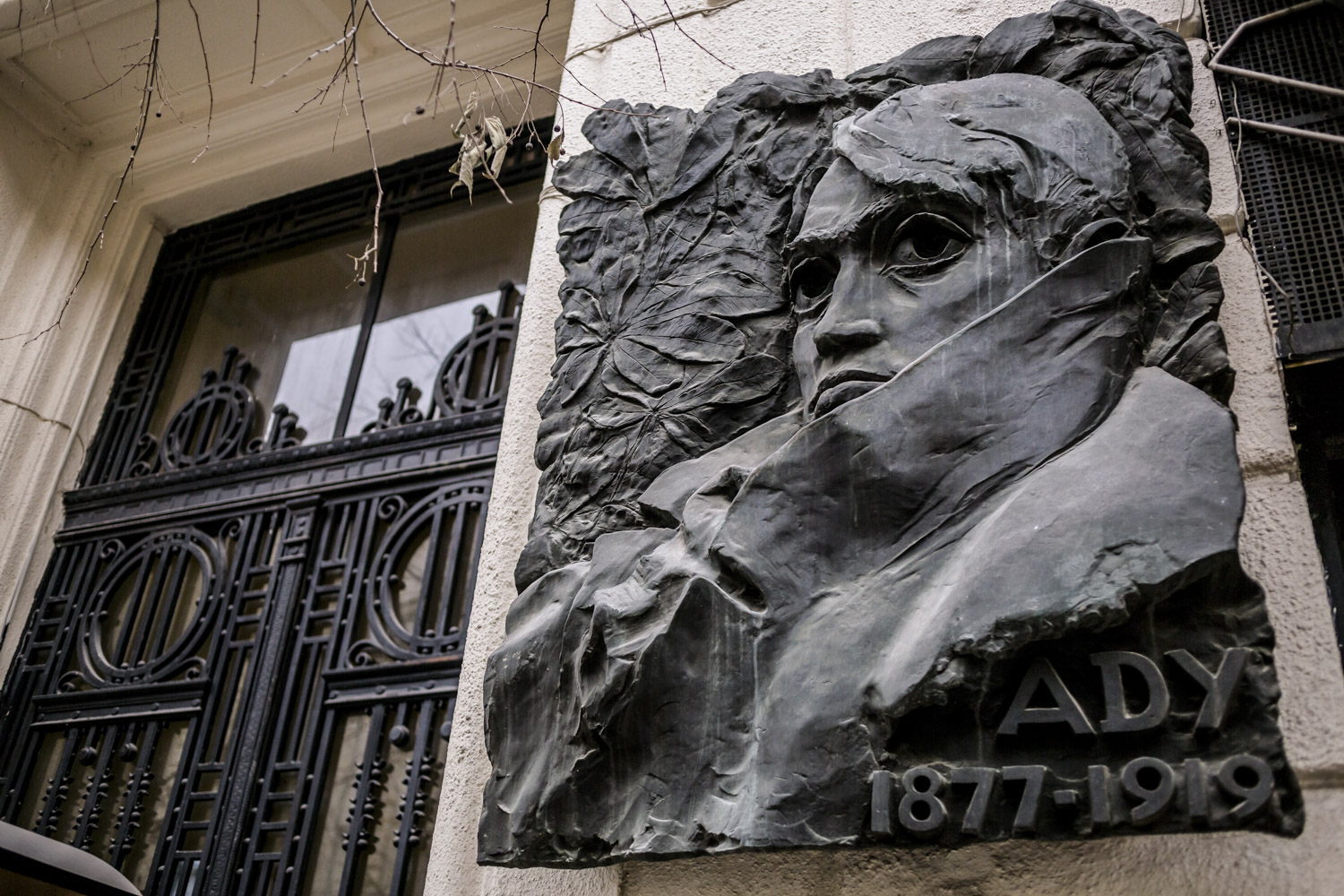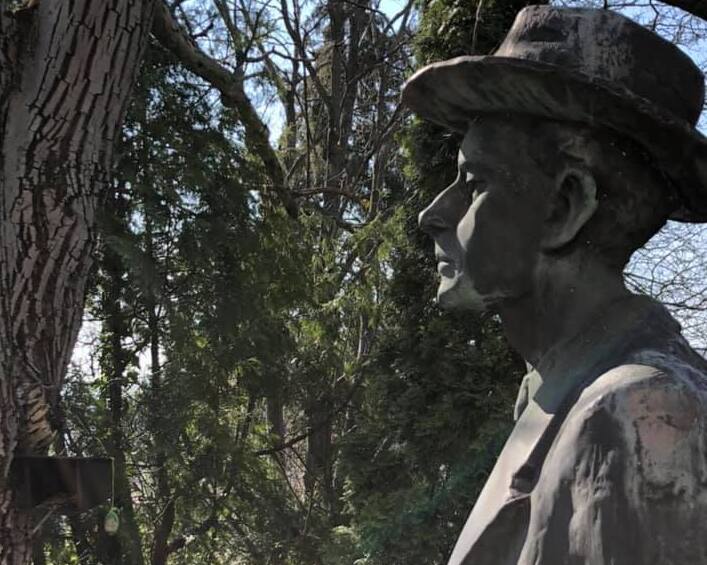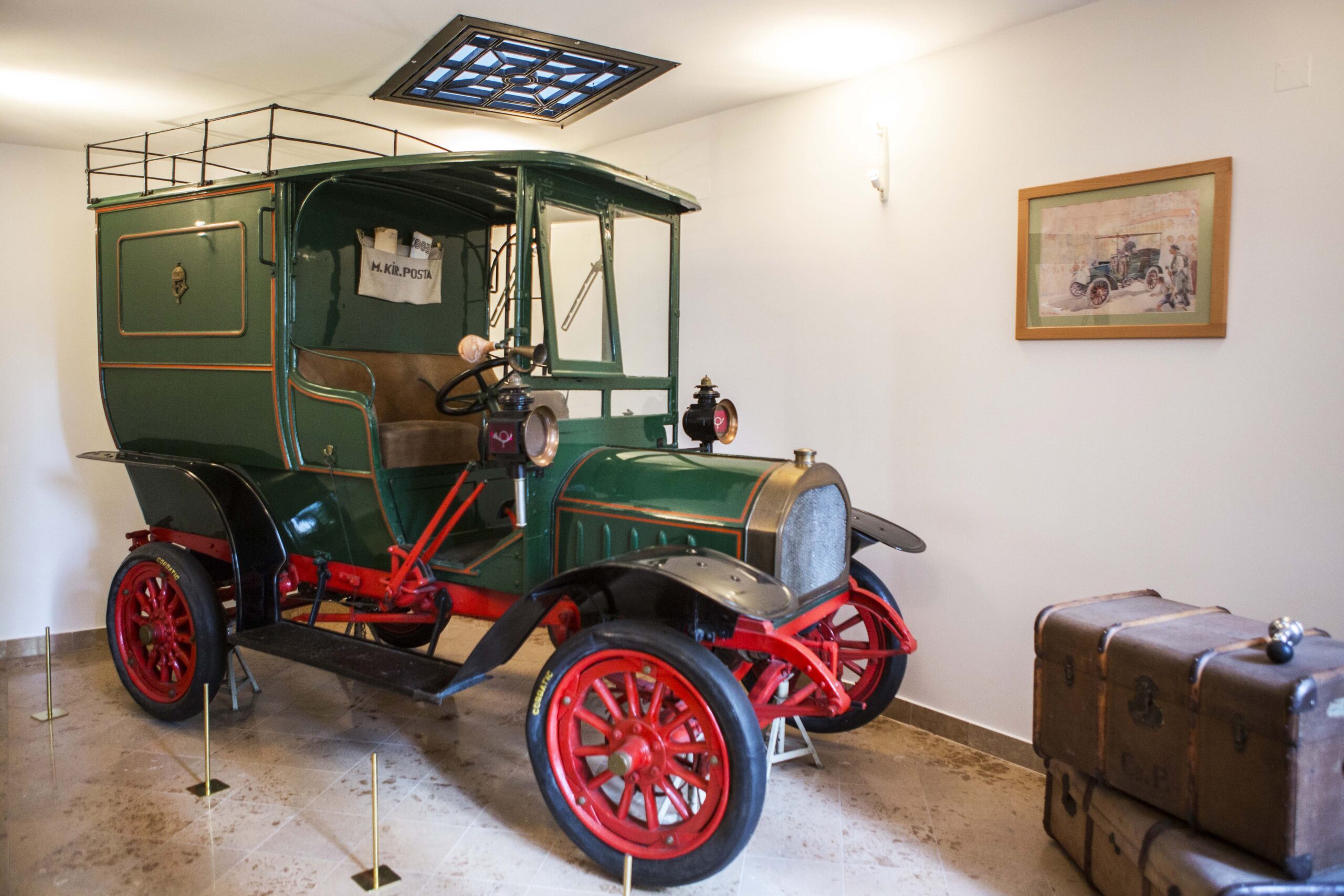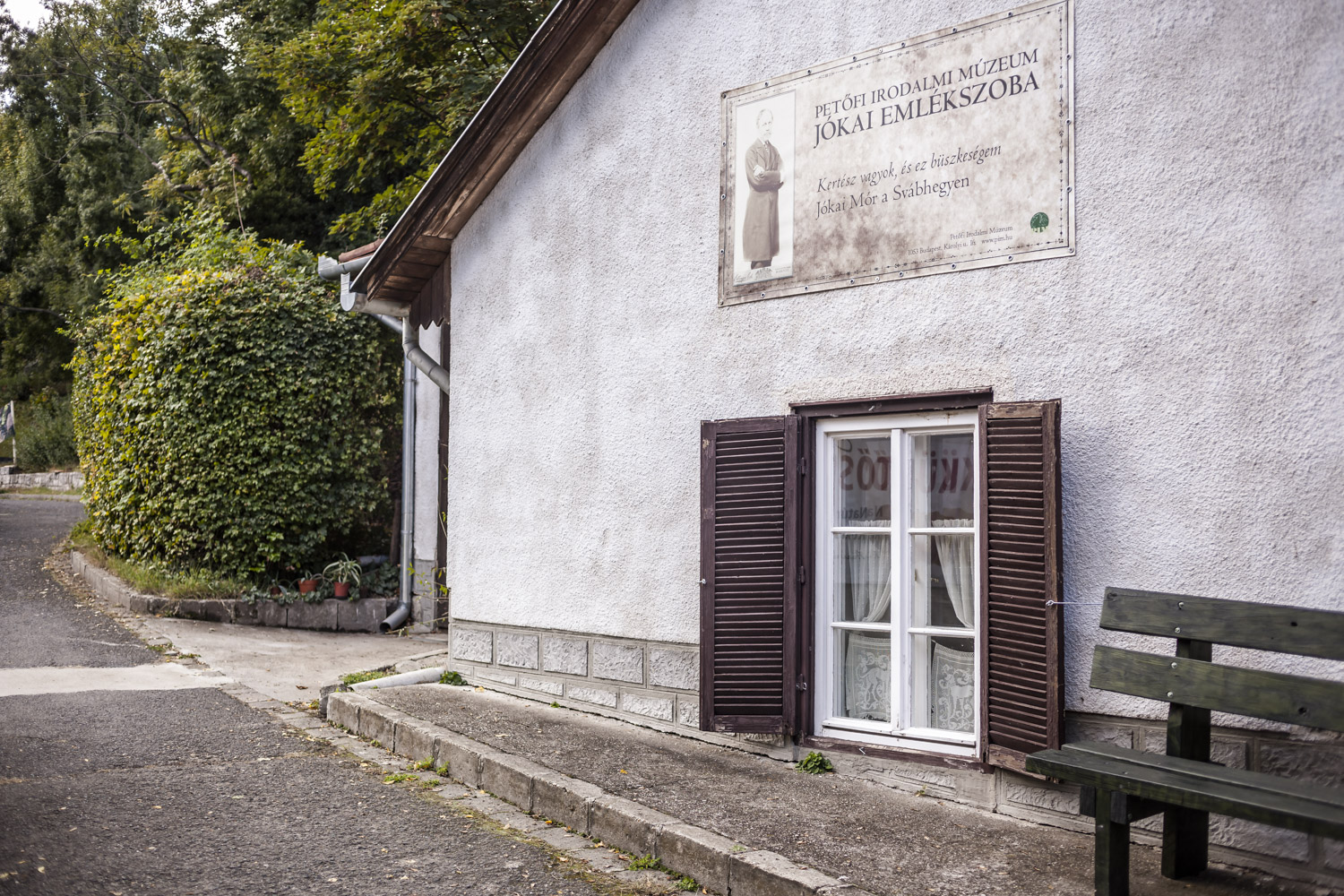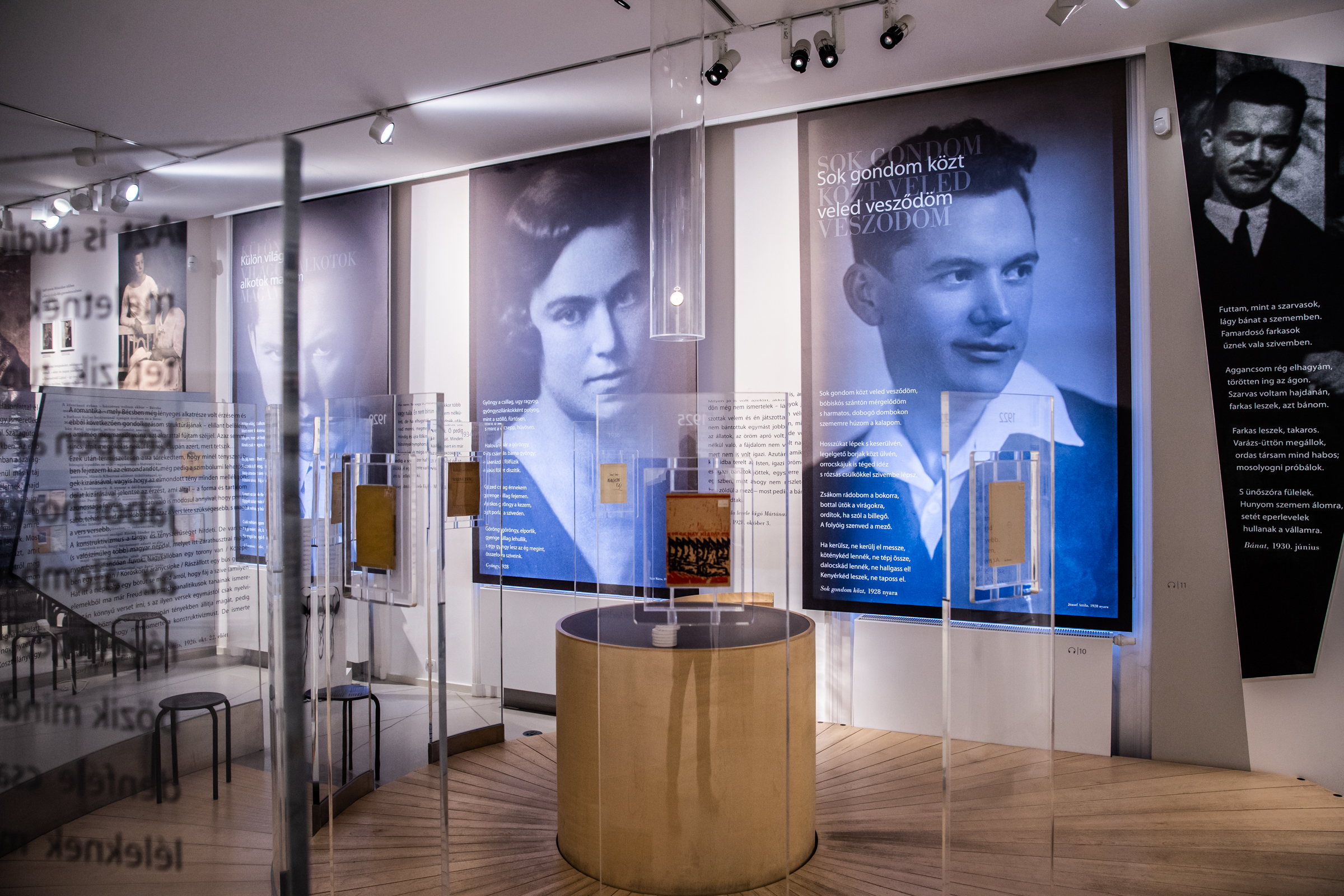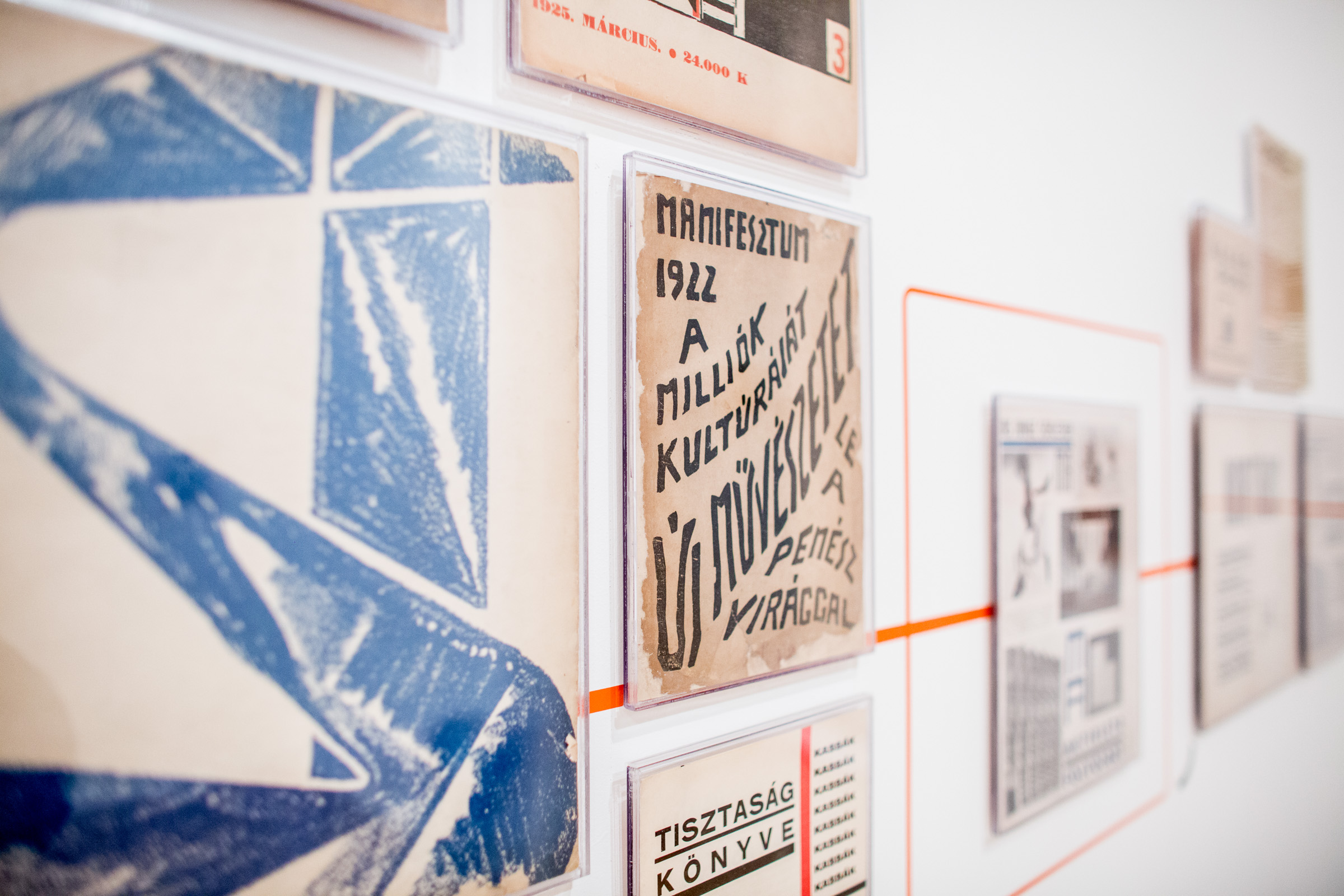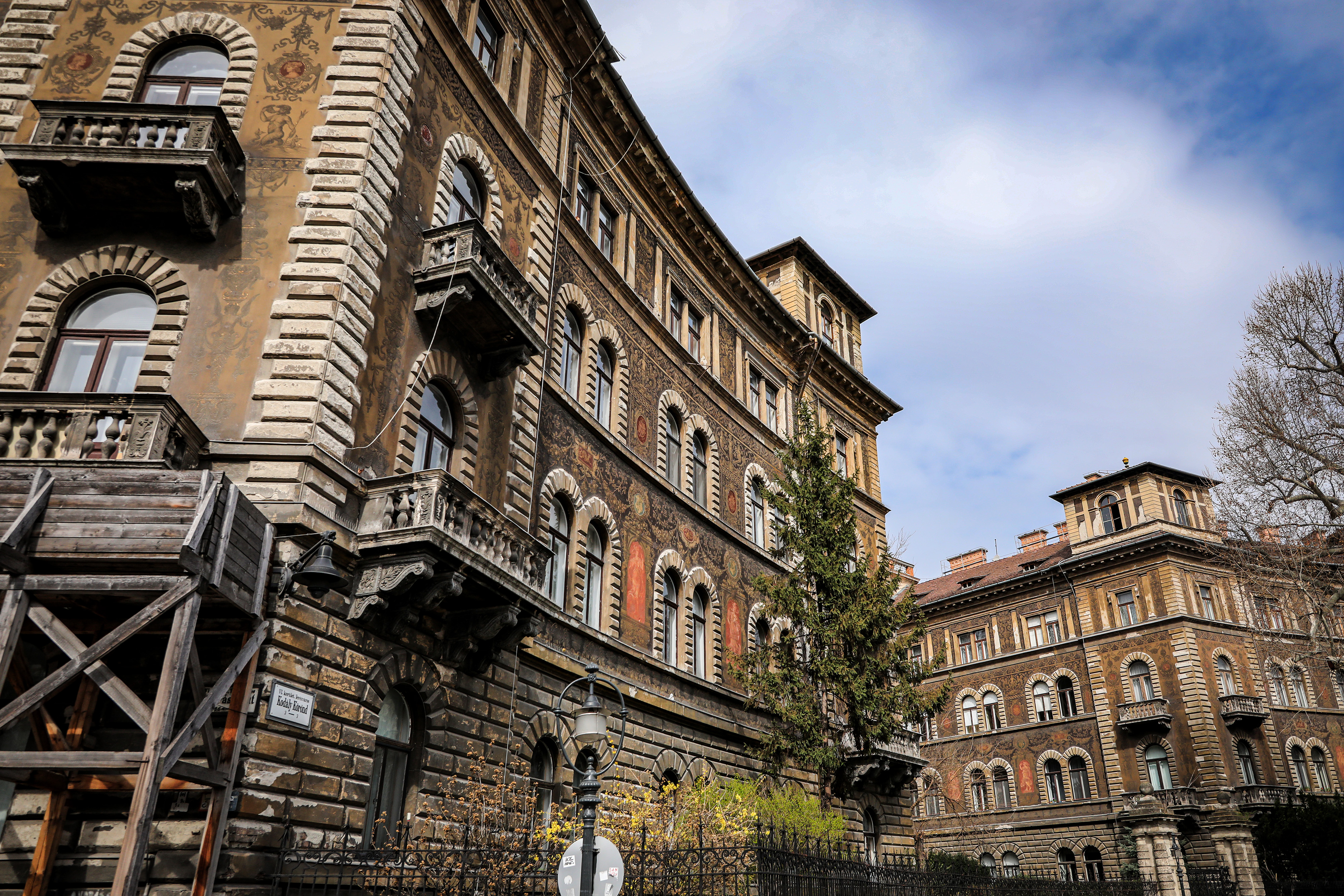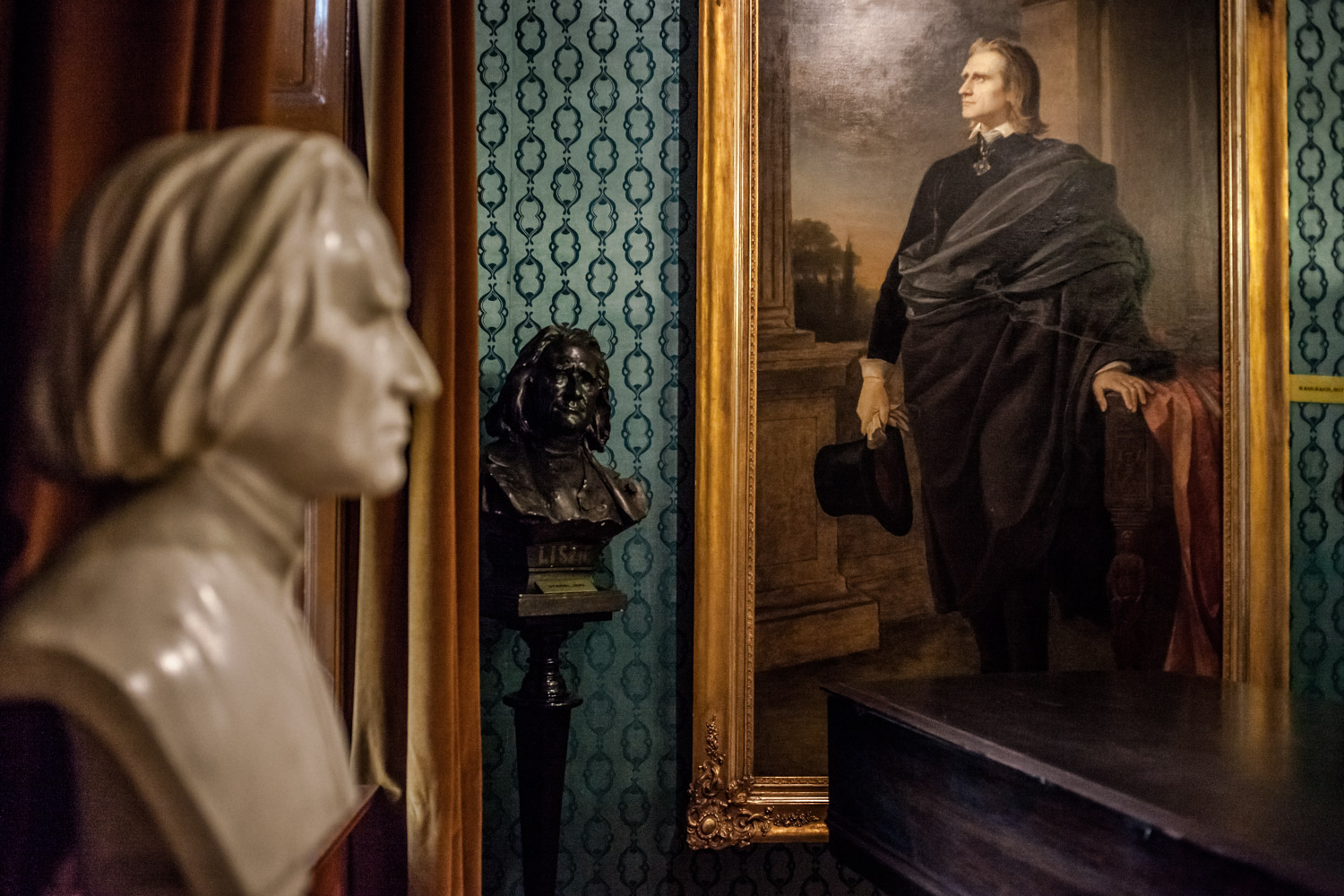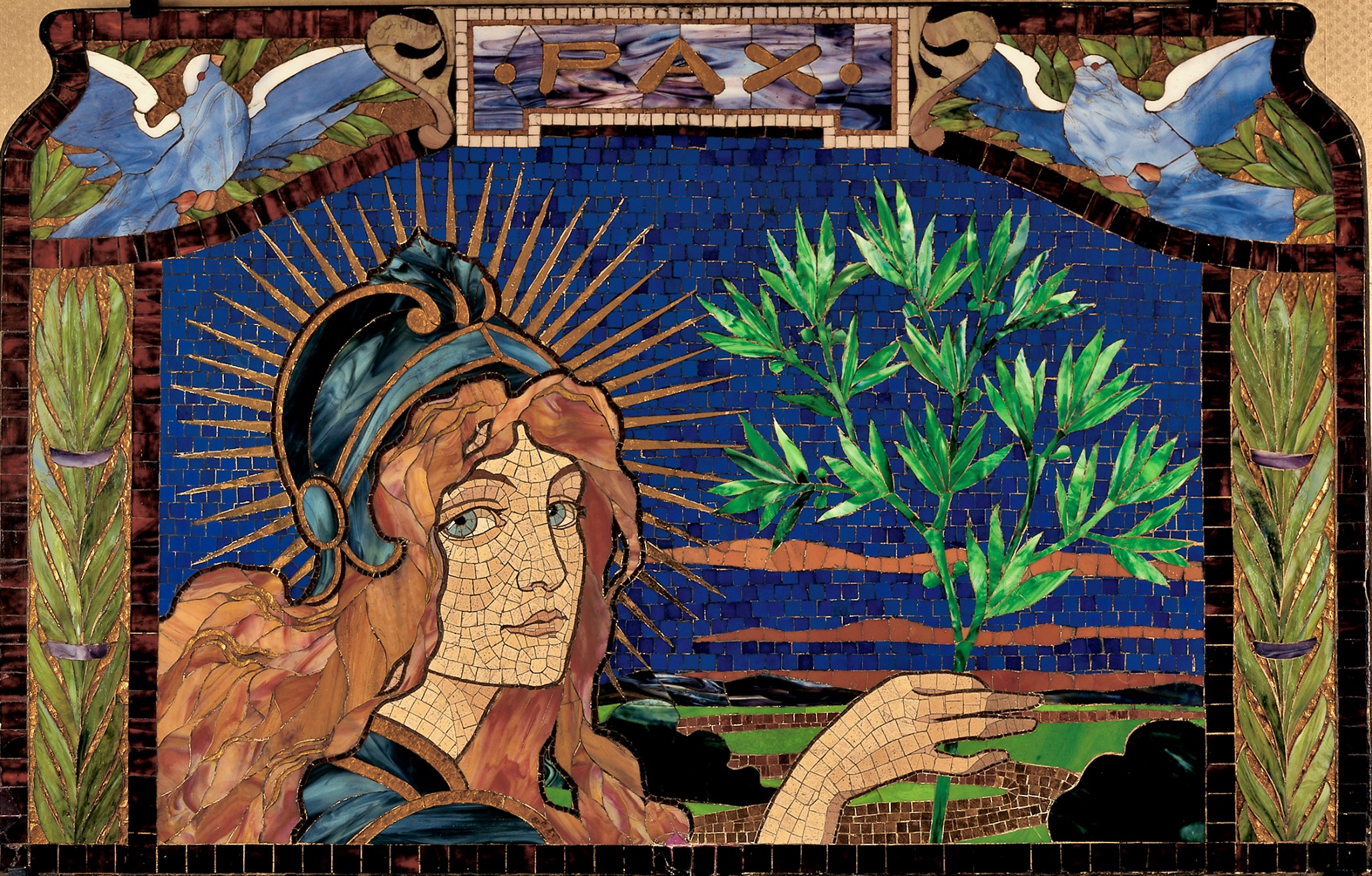8/10
Franz Liszt Memorial Museum
Liszt’s last apartment in Budapest was here on the first floor of the original Music Academy that he established, before it moved to Andrássy út, and then to the Art-Nouveau building we know today. Here the composer lived from 1881 to 1886. It’s now a memorial museum, dealing with the life, work and age of Franz Liszt. You can see Liszt’s original instruments, furniture, library and sheet music, and the museum is also the centre of Liszt research in Hungary. Liszt’s desk where he used to compose was made for him by the Austrian piano manufacturer Ignaz Bösendorfer who, to Liszt’s surprise, also placed a small keyboard instrument in the middle of the drawer. Open Mon-Fri 10am-6pm, Sat 9am-5pm
